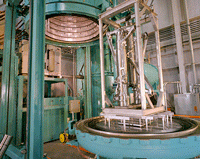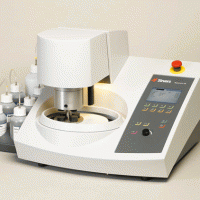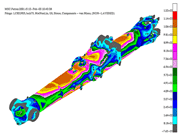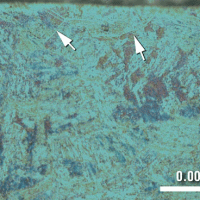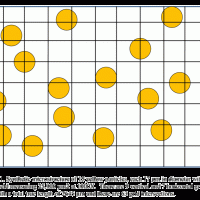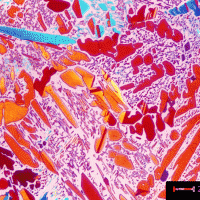Savings can be achieved by improving energy efficiency, which reduces the amount of electricity consumed. Savings can also be easily achieved by making slight changes to the timing of this consumption, thereby reducing the peak electricity demand.
Large heat-treating facilities are substantial electricity consumers. Specializing in vacuum heat treating and brazing for aerospace and other high-technology industries, VAC AERO International’s Oakville, Ontario, plant operates more than 24 vacuum, air and controlled-atmosphere furnaces. Included are three very large vacuum oil-quench furnaces, all of which result in substantial electricity consumption. Indeed, the company’s electricity costs have increased by more than 30% in recent years, thereby driving an effort to find lower-cost solutions. by Mark Passalent

